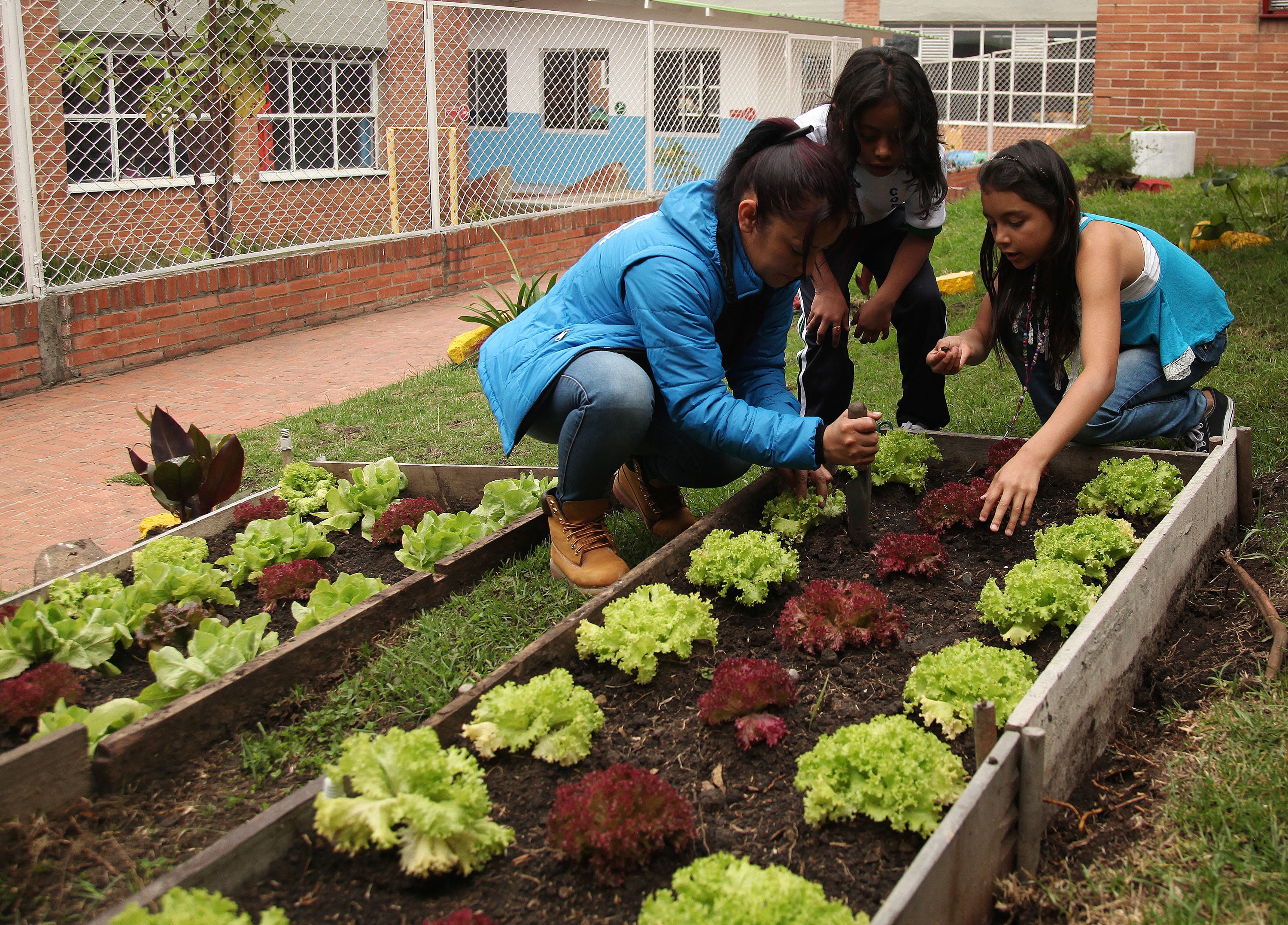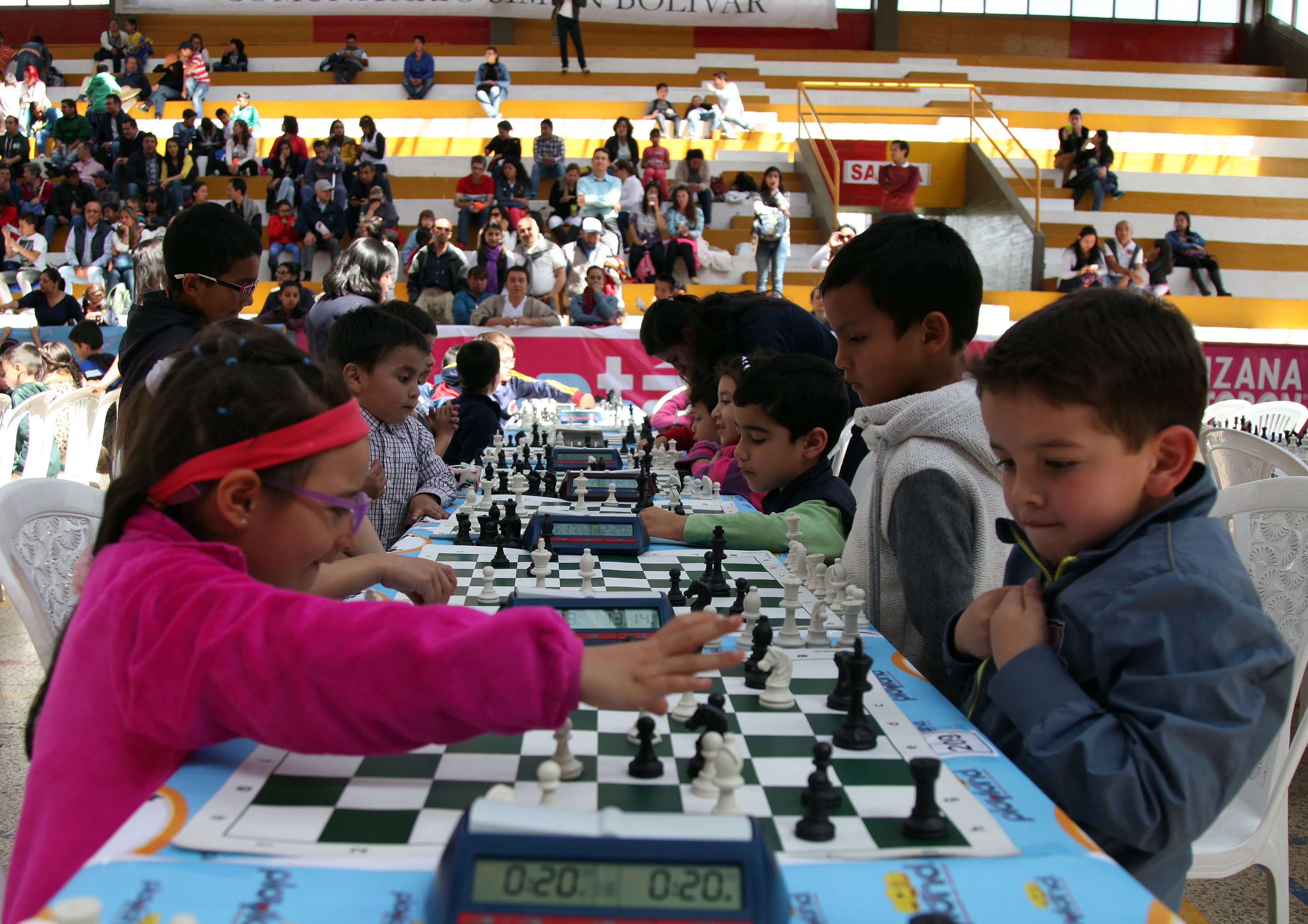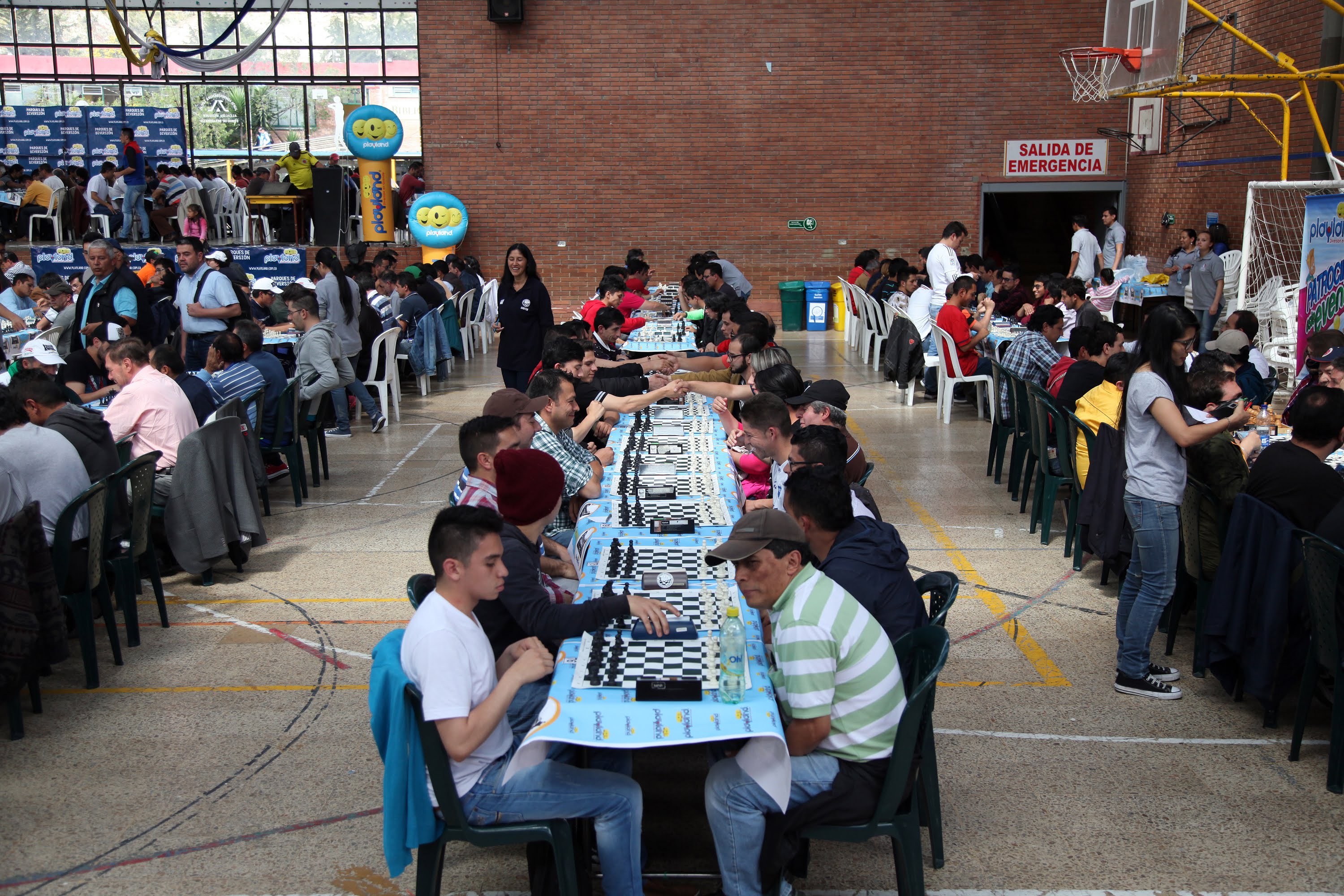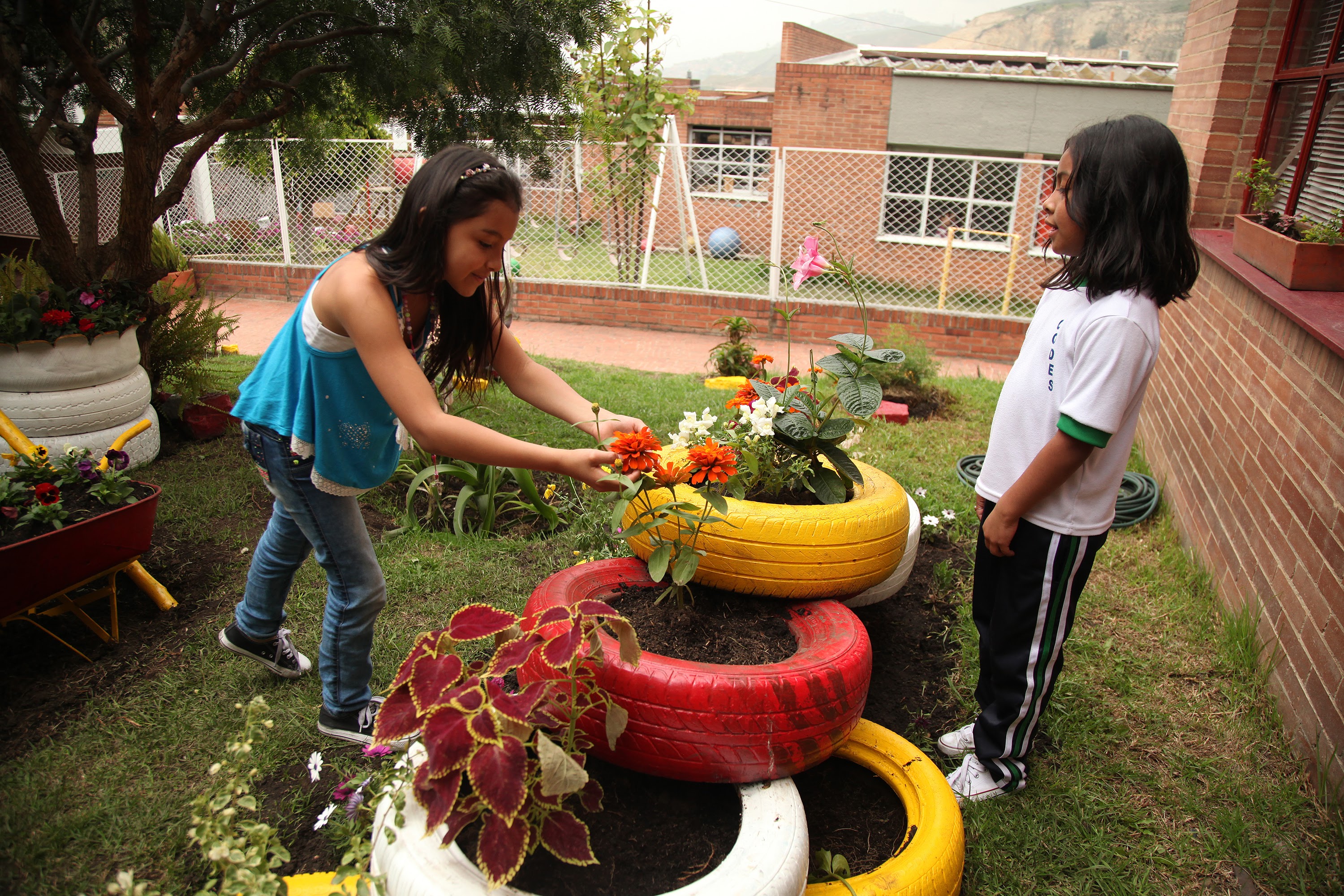 BOXEO EN EL CDC DE CALENDARIA - TERRITORIAL 28 DE FEBRERO DE 2019 - © City of Bogotá
BOXEO EN EL CDC DE CALENDARIA - TERRITORIAL 28 DE FEBRERO DE 2019 - © City of Bogotá INAUGURACIÓN PUNTO VIVE DIGITAL CDC KENNEDY - TERRITORIAL (12/02/2018) - © City of Bogotá
INAUGURACIÓN PUNTO VIVE DIGITAL CDC KENNEDY - TERRITORIAL (12/02/2018) - © City of Bogotá INAUGURACIÓN PUNTO VIVE DIGITAL CDC KENNEDY - TERRITORIAL (12/02/2018) - © City of Bogotá
INAUGURACIÓN PUNTO VIVE DIGITAL CDC KENNEDY - TERRITORIAL (12/02/2018) - © City of Bogotá - © City of Bogotá
- © City of Bogotá - © City of Bogotá
- © City of Bogotá- AJEDREZ AL PARQUE JULIO - TERRITORIAL 09JULIO 2016 - © City of Bogotá
- AJEDREZ AL PARQUE JULIO - TERRITORIAL 09JULIO 2016 - © City of Bogotá
- HUERTA CIUDAD BOLÍVAR - TERRITORIAL (2017) - © City of Bogotá
 HUERTA CIUDAD BOLÍVAR - TERRITORIAL (2017) - © City of Bogotá
HUERTA CIUDAD BOLÍVAR - TERRITORIAL (2017) - © City of Bogotá
City
Bogotá
Main actors
City Government, Private Sector, NGO / Philanthropy, Community / Citizen Group
Project area
Metropolitan Area
Duration
Ongoing since 2016
A public service contributing to individual, family and community development.
In collaboration with both the public and private sectors, the CDC service promotes, through training and activities, the development and strengthening of individual and community capacities of the city’s most vulnerable groups.
The CDC service aims to:
- Improve economic income: provide training to people to improve their employment opportunities and generate tools to enhance entrepreneurial initiatives or ventures.
- Utilize free time: promote pedagogical processes and recreational and cultural activities that improve the quality of life for vulnerable people.
- Strengthen the social fabric: promote citizen co-existence and culture as fundamental rights and curb crime and violence.
CDCs commenced operating in 1967 as neighborhood centers, as an effort made by communities to promote local management. CDCs provided training services, family orientation, social development and complementary services. In 1979 they were integrated into Community Youth Centers, providing pre-school services, adult education, employment services, community health, cultural and sports training, care of the elderly, programs for the good use of free time of school children, among others. During this period, three community youth centers were built in the towns of San Cristóbal, Santa Fe and Usaquén; some of them were equipped with sports fields, small squares, green areas and parking lots, and with spaces for the provision of communal services such as community laundries and showers.
In 1989 Community Youth Centers became Community Development Centers (CDC) administered by the Social Welfare Administrative Department (SDIS). Programs included adult literacy, training, employment service, production groups, creativity workshops, senior clubs, youth work, libraries, art and culture, recreation and sports, and community services.
In 1992, CDCs became Local Operative Centers (LOC). In addition to being widely recognized as spaces for training and cultural, recreational and community activities, they now incorporated social inclusion and civic rights programs.
In 2014, the LOCs became the Points of Social Articulation (Puntos de Articulación Social, PAS), which eliminated barriers to access and provided the service free of charge, emphasizing activities and processes aimed at coexistence and the promotion of a culture for the peaceful resolution of conflicts.
In 2016, under the administration of "Bogotá Mejor Para Todos it was decided to change the name LOCs back to Community Development Centers (CDC). In addition, based on territorial transformations and dynamics, the scope of the service was redirected and decentralized so that it would not only be providing infrastructure in priority territories.
Currently, the CDC service is offered in all 20 localities of Bogota through the following models:
Locations with CDC infrastructure: there are 18 operating units that provide CDC services in 12 locations. Each has different spaces, for example, some have theaters, swimming pools, kitchens, dressmaking facilities, among others.
Locations without CDC infrastructure: spaces belonging to the Social Integration Secretariat, in which people can access the CDC service offer. In this case, the service is provided in the facilities and infrastructures of the Local Sub-Directorates of the Social Welfare Administrative Department (SDIS).
Other decentralized locations: spaces belonging to social and community organizations and public and private entities located in the 20 localities where the CDC service is provided. For example, public parks, community halls, public libraries, other infrastructure of the Capital District, among others.
The CDC service includes the following initatives and actions:
- Partnerships have been made with companies and business foundations to offer training opportunities for employees and entrepreneurs:
- specialized technical or technology training (e.g. electricity, clothing, beauty, among others).
- free courses (e.g. bakery, clothing, office tools, financial education, etc.).
- flexible educational strategies for students finishing school.
- promote training for employment and direct strategies for entrepreneurship.
- Training opportunities for territorial and social development in the capital district, especially in the fields of, citizen participation, and peaceful resolution of conflicts.
- The promotion of sports activities and good use of free time.
- access to recreational activities including arts, culture, science, technology and sport.
- Presentation of art exhibitions.
- Sports processes (e.g. practices or conventional swimming courses, Acuasalud, seedbeds of high-performance athletes, among others).
- Identification and promotion of talent.
In order to access this service, citizens must register at one of the CDC operating units or the local Sub-Directorates if there is no operating unit in their locality.
By organizing decentralized services and breaking down barriers for the most vulnerable population, the CDC service offers opportunities to develop capacities, skills and competences.
The CDC service offer is provided mainly through agreements with public and private partners (in terms of spaces, offer, population, materials, etc). SDIS invests the necessary resources for personnel to guarantee the operation of the service and the maintenance of the facilities.
THE CDC’s have the operational capacity to serve approximately 60,000 citizens annually. During 2016-2018, the CDC Service was accessed by more than 154,000 people of all ages and in all localities, and the following positive changes were achieved:
- 130% increase in women's care.
- 101% more care for the young and adult population who want to improve their economic income.
- 113% more care for people with disabilities who want to improve their economic income
- 312 persons belonging to an ethnic minority were cared for.
- More than 3,000 people with disabilities were cared for.
- 826 persons in the LGBTI areas were cared for.
The service provided by CDCs, has been continuously provided without interruption since 1967. In each of the district administrations, the human, technical and financial resources have been guaranteed for its provision and for the establishment of new operational units. This guarantees its continuity and response to the challenges and priorities that have been raised in the district development plans, and the fulfillment of the previous Millennium Development Goals, now the Sustainable Development Goals.
The local communities have appropriated the spaces, not only for the development of services offered by the CDC, but also in carrying out their own community meeting activities (e.g. dance groups, public policy meetings, local councils, music groups, meetings of the elderly, among others). The ownership by the community has been an important factor in ensuring their sustainability over time.
The CDC service has sought to respond to pressing social problems, in the most vulnerable areas of the city, directing its attention to people of all ages living in a state of poverty and exclusion. Activities and initiatives are carried out to take advantage of citizens’ free time, which contribute to the prevention of deviant behaviors. The different approaches available to service provision for persons with disabilities, homeless people, LGBTIs and ethnic minorities has been effectively integrated. Access to and enjoyment of art, culture and citizen coexistence are promoted. The CDC service has helped to guarantee the cultural rights of citizens.
The program has the following on going challenges:
- Maintain the support of public and private partners to guarantee a continuous offer of services
- Connect the supply of training programs with the demand of the private sector by expanding and diversifying courses and activities, according to the needs of the labor market.
- Establish mechanisms to diminish participants from leaving the programs.
- Strengthen local, district, national and international partnership to offer the service to other cities
The provision of the CDC service has involved a process of continuous improvement, in which each of the district administrations has sought to provide a better-quality service with the following lessons learned:
- It is important to generate a sense of belonging through community involvement, as participation generates community empowerment.
- The population of each of the territories of the Capital District is diverse. Therefore, it is not possible to offer the same initiatives and activities in all localities, so it is necessary to understand the specific demographics of the territory. It is necessary to develop periodic exercises that update information related to territorial and population demographics that take into account the interests, needs and potentialities of the localities, in order to manage and provide a pertinent offer.
- The identification of the offer and population participating in the service can become stagnant over time. For this reason, partnerships with actors in the territory must be promoted, to ensure that everyone knows what the activities and initiatives are offered from the CDC service and how they can access them. It is also necessary to carry out joint-responsibility exercises with program participants in order to ensure the sustainability of the service.
- It is important that the CDC service transcends administrations and has continuity in the localities.
- The service should not generate dependency on itself or perpetrate the circle of poverty but should ensure that participants acquire the tools and capabilities that allow them to improve their quality of life, and give back to the territory, the community and the city, what they have learned.
- One way to guarantee free service is through public-private partnerships. The establishment of alliances is necessary for the management because these allow us to achieve greater and more effective results. Without alliances there are no initiatives; only isolated actions. In the establishment of alliances with the private sector, the relationship and the quality of the interaction is fundamental to guarantee clear and concrete agreements, as well as the optimal development of the service.
- With the exchange of resources and the use of equipment belonging to social and community organizations and public and private entities such as community spaces, internet rooms, professionals within the CDC service operating units, etc., the expansion of care is favored and a greater impact on the population is generated. It also ensures that the CDC service is deconcentrated in the territories.
On Map
The Map will be displayed after accepting cookie policy


